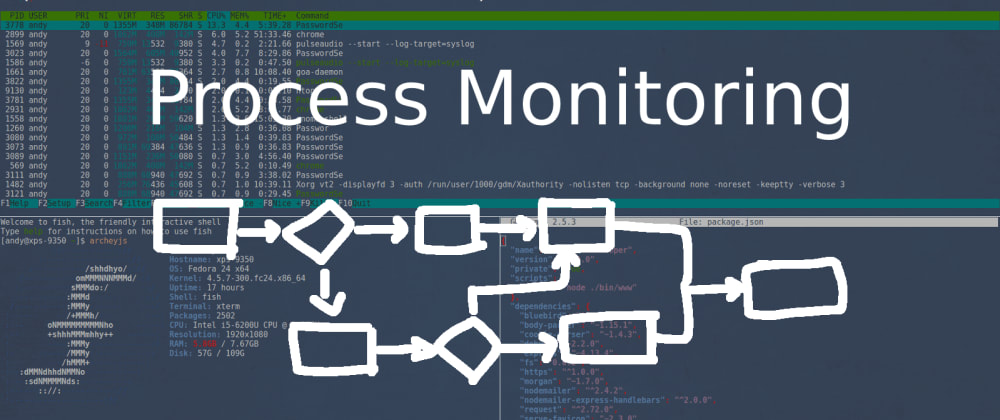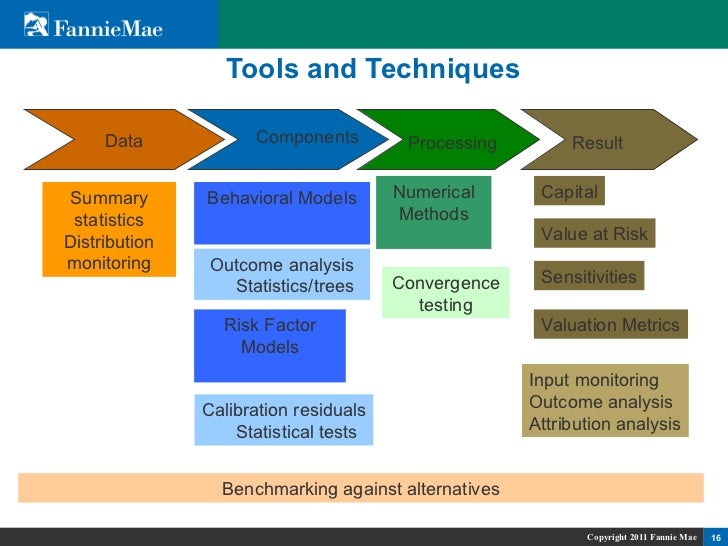

Flag areas that are underperforming or serving as potential bottlenecks. Monitor – Track processes to stay up to date on their status and performance. This can be done manually or using automation. Map the flow of work between people and systems and evaluate any dependencies or handovers.Įxecute – Carry out processes identified and designed in the previous step. Although there is some disagreement on the naming and granularity of each stage, it is safe to say that the following is an overview of the entire lifecycle:ĭesign – Identify existing processes as well as areas for improvement. Some use case examples include:īusiness process management occurs in a continuous cycle, as described earlier in this article. This methodology could be applied to almost any workflow or function for the purpose of greater efficiency and process improvement.

The scope of use cases for business process management is incredibly broad. Stronger corporate strategy: By aligning BPM with business outcomes, organizations can improve their overall performance and resource optimization.īusiness Process Management Examples and Use Cases.Better employee and customer satisfaction: Instead of spending time doing boring and repetitive tasks, employees can spend more time in activities that bring more value to the business and the customer.Increased productivity: The practice of BPM often leads to automation of repetitive tasks, removing bottlenecks, and reducing unnecessary steps.Cost efficiency: By streamlining operations and collaboration and reducing duplicative efforts, companies can decrease costs while improving productivity.If done properly, BPM can bring many benefits to your business. In doing so, they can become stronger and more prepared to weather any storms influenced by the market. Organizations can improve operations and bottom lines by utilizing this outcome-oriented methodology. This can include optimizing resource allocation, eliminating bottlenecks, reducing process duplication, and speeding up transactions. Why Is Business Process Management Important?īusiness process management is about optimizing a company's processes in order to achieve its goals in the most efficient and effective way possible with the best results possible, whether they are superior quality, service, response time, customer experience, or customer satisfaction. Process management is usually associated with BPM tools, while project management with work management tools like Asana, Trello, or Jira. And because you don’t come across the same challenges daily, projects are also more flexible as they need to adapt along the way. Unlike processes, the projects are not repeatable. Project management, on the other hand, is about planning, initiating, and executing a unique, single-off project with a defined goal and established due date. Although the process may take one direction or another - as if it is approved or not - and even if it is open to change for efficiency's sake, it always leads to the same conclusion. As an example, a travel request follows certain business rules. Process management focuses on repeatable and predictable processes, i.e., ongoing recurring tasks that are part of business day-to-day life. Though they may sound similar, they are not the same. It is important not to confuse process management with project management. Process Management Versus Project Management


 0 kommentar(er)
0 kommentar(er)
